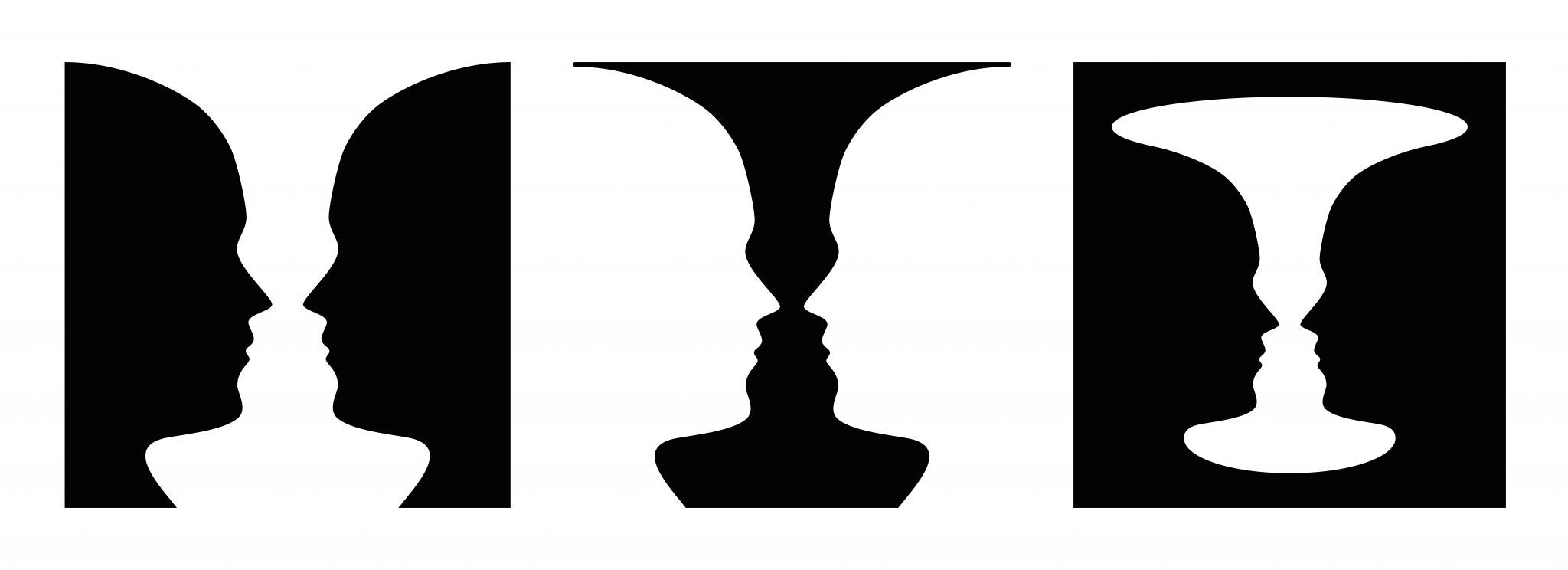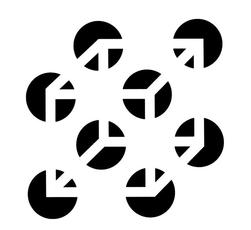Alexa Madoff
Psychology - History & Systems
Professor Mark Berg
Journal Entry #2 - Chapter 10
In Chapter 10, Hunt talks about the discovery of Gestalt Psychology. Wolfgang Kohler, Max Wertheimer, and Kurt Kofka were all psychologists who contributed to the creation of Gestalt Psychology. What is Gestalt Psychology? Gestalt psychology is based on the idea that our perceptions of objects are more than the sum of their parts. They are wholes that give shape or meaning, to the parts. "Wertheimer called such an overall perception a Gestalt, a German word that means form, shape, or configuration but that he used to mean a set of sensations perceived as a meaningful whole" (Hunt 320).
Psychologists Max Wertheimer, Wolfgang Kohler, and Kurt Kofka, who studied perception, came to the conclusion that learners do not just collect information as is but they actively process and restructure data in order to understand it. All of the Gestalt psychologists implicated that we form our perceptions by certain principles or laws. These principles or laws determine what we see or make of things.
Here is are two of the new ideas and interpretations he offered...
Psychology - History & Systems
Professor Mark Berg
Journal Entry #2 - Chapter 10
In Chapter 10, Hunt talks about the discovery of Gestalt Psychology. Wolfgang Kohler, Max Wertheimer, and Kurt Kofka were all psychologists who contributed to the creation of Gestalt Psychology. What is Gestalt Psychology? Gestalt psychology is based on the idea that our perceptions of objects are more than the sum of their parts. They are wholes that give shape or meaning, to the parts. "Wertheimer called such an overall perception a Gestalt, a German word that means form, shape, or configuration but that he used to mean a set of sensations perceived as a meaningful whole" (Hunt 320).
Here are a few important laws...
Throughout the chapter, I found it very interesting reading about Kofka and his Gestaltist viewpoint on mental development. He also wrote a book based on his theory.
:max_bytes(150000):strip_icc()/gestalt-laws-of-perceptual-organization-2795835-01-8f488f3d191048a0bc42e23ff9470042.png) |
Throughout the chapter, I found it very interesting reading about Kofka and his Gestaltist viewpoint on mental development. He also wrote a book based on his theory.
 |
First: "instinctive behavior is not a chain of reflective responses mechanically triggered by a stimulus; rather, it is a group or pattern of reflexes" (Hunt 341).
Second: "against the behaviorist doctrine that all learning consists of chains of associations created by rewards...much learning takes place through the processes of organization and reorganization in the mind in advance of reward" (Hunt 341).
Here are a few more examples of the Gestalt Theory!
 |
| It is impossible to perceive the faces and the cup at the same time |
 |
Comments
Post a Comment